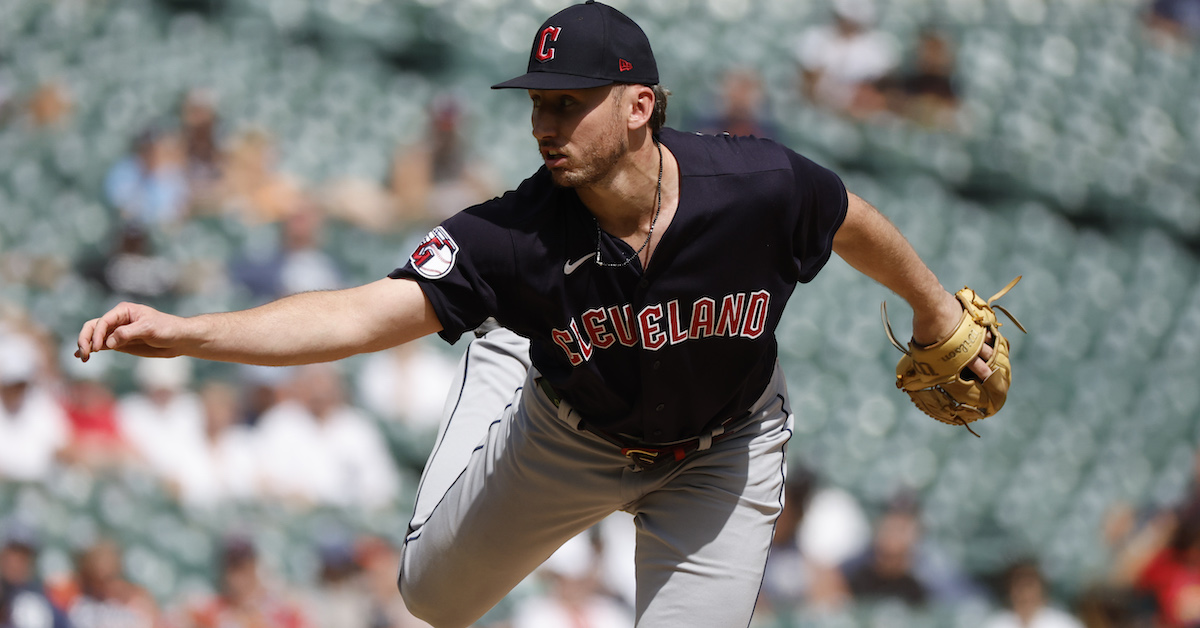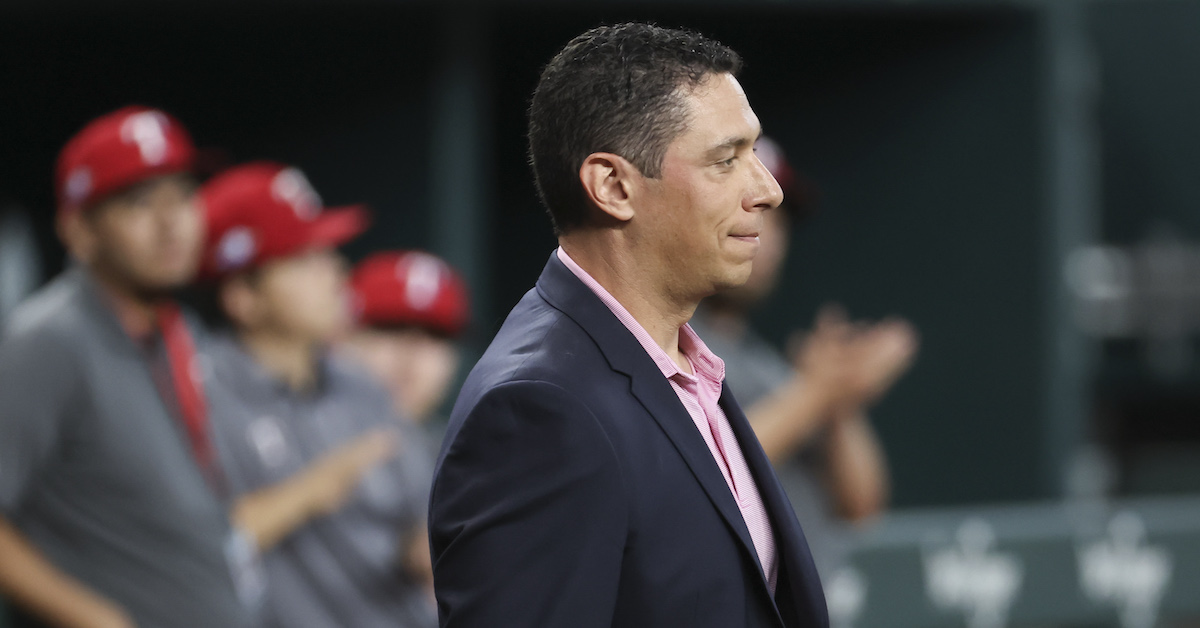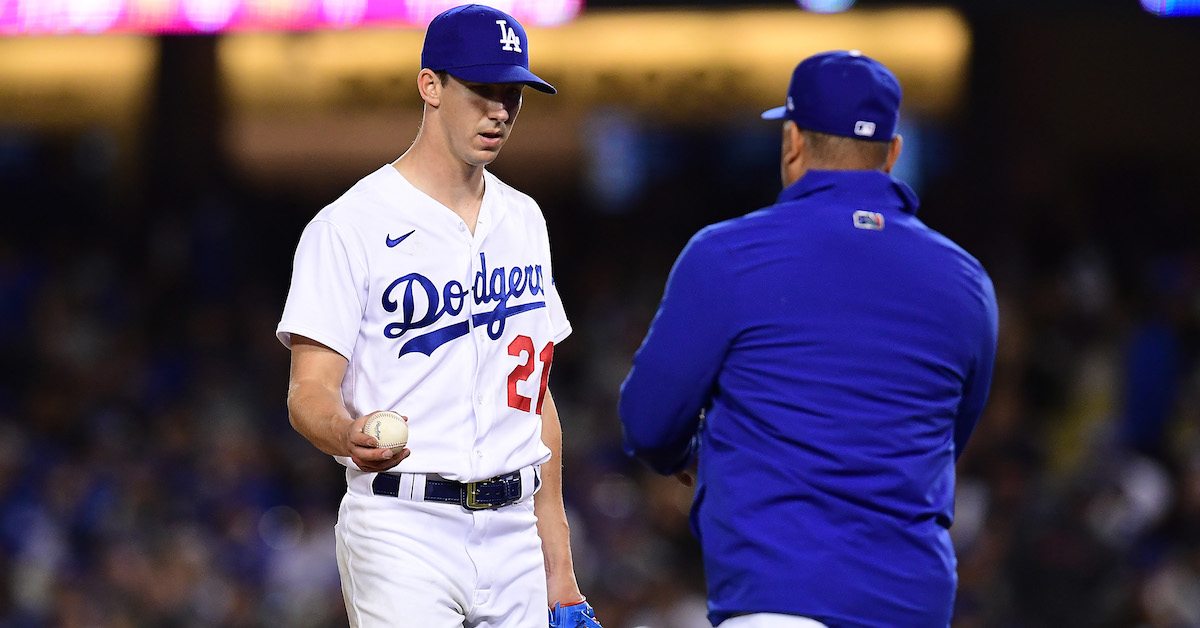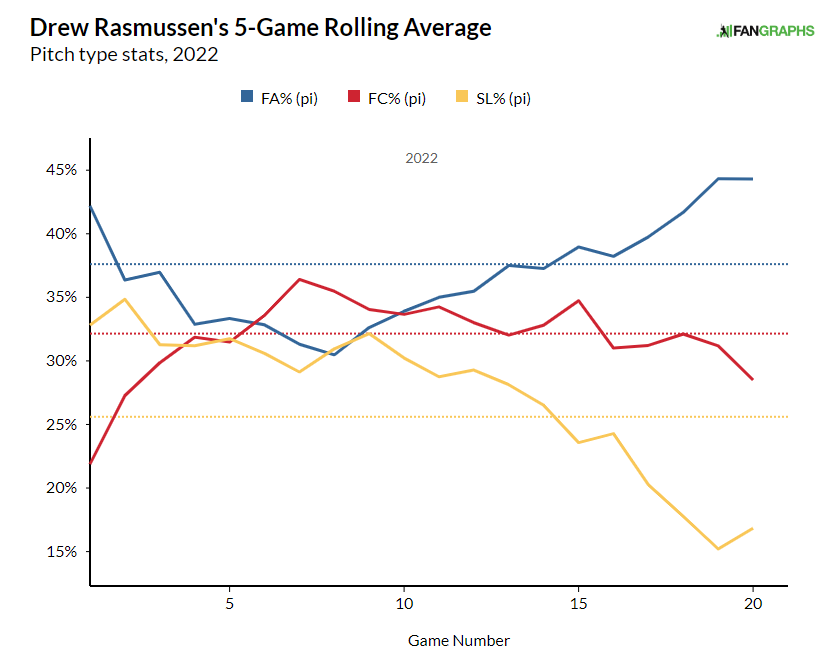Alex Bregman’s Triumphant Non-Adjustment

Maybe this isn’t charitable, but I picture Alex Bregman as being a lot like me. See, when I play a game – whether a sport or a board game – I’m always thinking about the most efficient way to win, what game actions are the most valuable, and how I can do those things more often. The best games don’t have clear best options at all times, but there’s almost always some strategy you can lean on to get ahead, and I greatly enjoy figuring that strategy out.
Bregman treats baseball like I treat Taverns of Tiefenthal, my favorite board game. He knows what the most valuable things to do in baseball are, and he does them more frequently than everyone else. If you look at his Statcast page, you’ll come away unimpressed. Hard hit rate? He’s in the 42nd percentile across the majors, below average. Think that hard hit rate is misleading? He’s average when it comes to maximum exit velocity (53rd percentile), barrel rate (50th), and even average exit velocity (59th). He’s well below average in sprint speed. It doesn’t sound like he should be an outstanding hitter, at least by the measurables.
Early in Bregman’s career, that would have been a laughable claim. He totaled 16.2 WAR on the back of a 162 wRC+ between 2018 and ’19, staking a claim as one of the best hitters in the game. But in the next two years, both injury-shortened, he fell back to earth. His .261/.353/.431 line was good for a 115 wRC+, a far cry from his earlier form. Was he a creation of the juiced ball? Sign stealing? Did pitchers figure him out? Read the rest of this entry »








